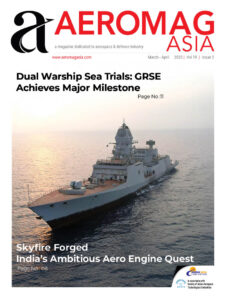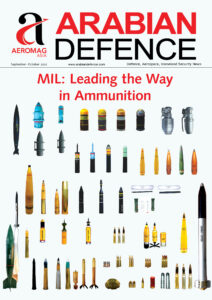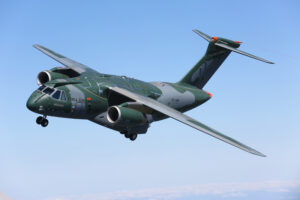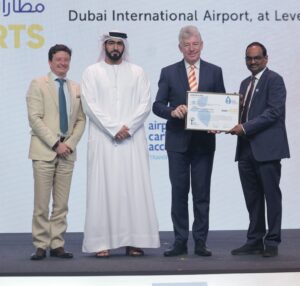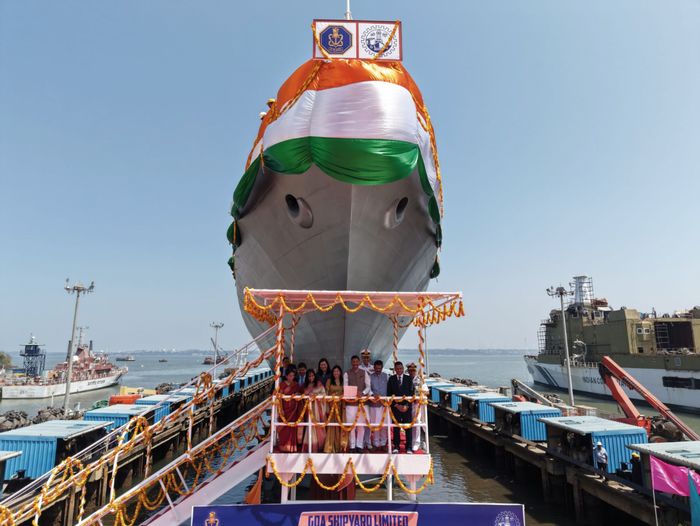
Goa Shipyard Limited (GSL) marked a significant milestone in India’s naval history in March 2025 with the launch of the frigate Tavasya. This vessel, the second of the Russian Project 11356 (Talwar class), is being constructed in India through collaboration with Rosoboronexport, underscoring the nation’s commitment to the Make in India and Self-Reliant India initiatives.
While the Indian Navy already operates seven Project 11356 frigates built in Russia, Tavasya and its sister ship Triput hold the distinction of being the first of their class entirely manufactured at Indian shipyards. This achievement signifies a tangible leap in India’s technological self-sufficiency in defense production.
“This launch is a defining moment in India’s Naval history, showcasing our technological capabilities and unwavering commitment to self-reliance,” stated Defence minister Rajnath Singh. He further emphasized the successful localization of critical systems, including the BrahMos missile system, torpedo launchers, sonar, and auxiliary controls, as evidence of India’s growing shipbuilding resilience. “The launch of Tavasya is not just a step forward for the Indian Navy but a giant leap for India’s strategic defence ambitions.”
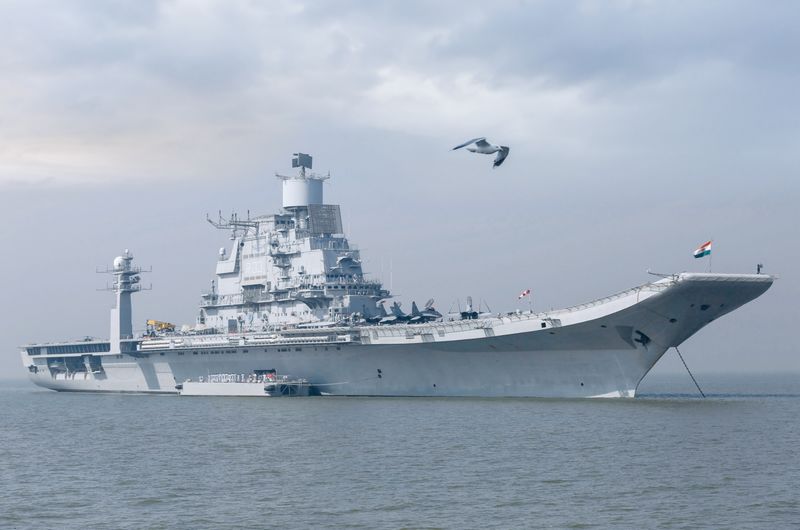
The 2018 contract between Rosoboronexport and GSL facilitated the transfer of the Project 11356 design, licenses, and technologies, along with the supply of essential materials and components for the construction of these two frigates in India. Tavasya incorporates 73 localized systems, notably including Russian-designed 30-mm AK-630M artillery mounts, IETL torpedo tubes, and IRL rocket launchers.
A key feature of the Tavasya and Triput is the BrahMos missile system, a potent weapon against both ground and surface targets. The joint development and production of the supersonic BrahMos anti-ship cruise missile by Russian and Indian specialists exemplifies successful technology transfer and localized high-tech weapons manufacturing.
BrahMos Aerospace Private Ltd, a joint venture established in 1998 between Russia’s NPO Mashinostroyenia and India’s Defence Research and Development Organisation (DRDO), produces these missiles, which are currently deployed by the Indian Navy, Air Force, and Army. Moreover, India has secured its first export order for BrahMos coastal defense systems from the Philippines.
India’s evolving defense landscape demonstrates its transition from a primary arms importer to a nation actively pursuing technological advancement and self-reliance. The Make in India concept mandates technology transfer and the localization of production for acquired weaponry.
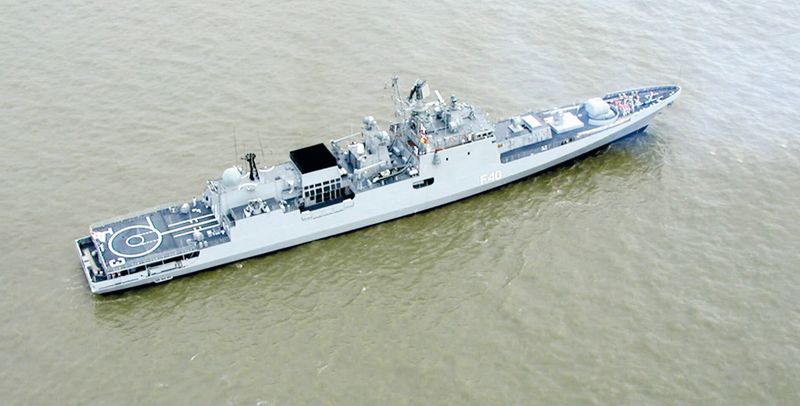
In this context, Russia stands as a steadfast partner, offering deep cooperation beyond basic military hardware. This includes providing technologies for the licensed assembly of advanced Su-30MKI fighter jets. The naval domain showcases even deeper collaboration, with India’s first modern aircraft carrier, Vikramaditya, originating from Russia. India has also independently modernized its Soviet-era 877EKM diesel-electric submarines.
Returning to the Project 11356 frigates, besides the seven already serving and the under-construction Tavasya and Triput, a bilateral intergovernmental agreement from October 2016 covers the delivery of four additional ships. The first of these, Tushil, was delivered to the Indian Navy in December 2024. Trials for the second Russian-built ship, Tamala, commenced in the Baltic Sea, with its handover expected in spring 2025. These vessels also incorporate Indian-made components.
A 2021 military-technical cooperation program extending to 2031, agreed upon during Russian President Vladimir Putin’s visit to India, includes provisions for joint production of spare parts for Russian military equipment within India.
Looking ahead, potential avenues for high-tech military-technical cooperation include the joint development and production of guided aircraft missiles for possible re-export. These advanced weapons could be integrated into Russian-origin fighters like the Su-30MKI and MiG-29, as well as indigenous aircraft such as the Tejas and AMCA. The Aero India 2025 exhibition showcased a range of Russian guided air-launched weapons, including the Kh-69 stealth cruise missile and various air-to-air and anti-ship missiles, highlighting their combat effectiveness.
Continued collaboration on fifth-generation fighter aircraft development remains a promising prospect, should India decide to pursue it. Rosoboronexport has expressed readiness to offer comprehensive cooperation on the Su-57E fifth-generation fighter project, including joint production. The Su-57E made its Indian debut at Aero India 2025, featuring both a static display model and an aerial demonstration. Notably, Rosoboronexport has already secured its first export contract for finished Su-57E fighters.
“India is Russia’s most important strategic partner in the Asia-Pacific region and one of Rosoboronexport’s key partners in the world,” stated Rosoboronexport Director General Alexander Mikheev. He highlighted that contracts worth $50 billion have been signed with India between 2005 and 2025, with total Russian military product supplies reaching approximately $80 billion. “Today, Rosoboronexport and the Indian side are working to expand bilateral technological cooperation within the framework of the Make in India program. We offer our partners large-scale projects to develop and produce military aircraft, helicopters, air defense equipment, armored vehicles and ammunition. We are also ready to discuss the possibility to jointly promote these products in third countries.”
The deepening military-technical cooperation between Russia and India is a natural progression, driven by Russia’s unique willingness to share critical technologies. This partnership empowers India to further enhance its technological capabilities in the defense sector.
–(with inputs from National Defense Magazine, Russia)

